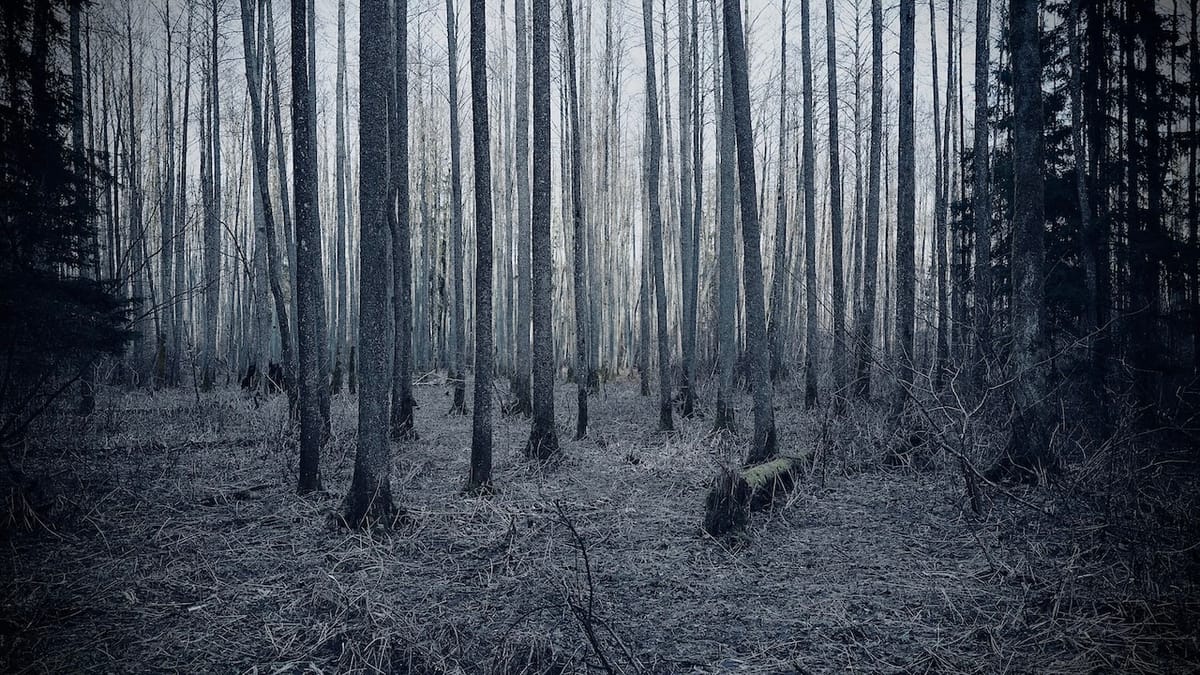Have you ever noticed that when you travel to foreign countries, you often find yourself drawn to the unique architectural styles and designs that define the cultural heritage of that country or region?
I certainly do.
Looking back, wherever I have been, I have found myself drawn to certain styles, appearances and states, especially when it comes to architecture.
But why is this? Why am I so drawn to the little cottages that speckle this landscape? Why do the colours appeal to me? It doesn't make any sense, does it?
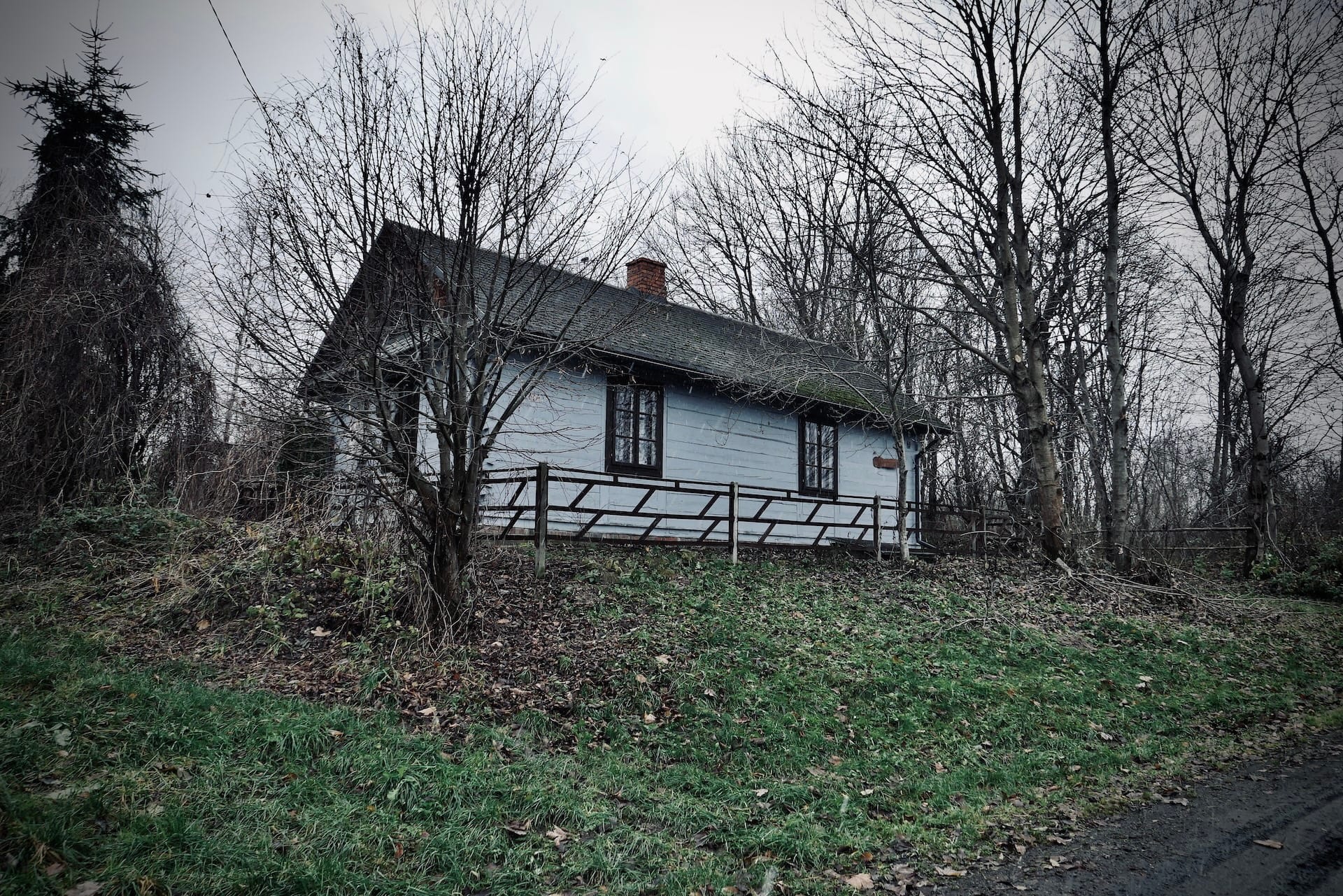
This single question loomed large as I struggled to remain upright on the icy paths in the seemingly "lost in time" valley of Anielpol, in the Lublin region of Poland.
I decided to investigate.
I suppose this attraction can be attributed to various factors, including one's personal preferences and cultural background.
That would make sense. And I could, of course, leave it there.
However, neatly stored away in the depths of my academic mind, I recalled Pierre Bourdieu's sociological theories on taste - and realised these could possibly shed some light on a deeper understanding of why we are inclined towards specific architectural vernacular, just like I have been experiencing on recent jaunts.
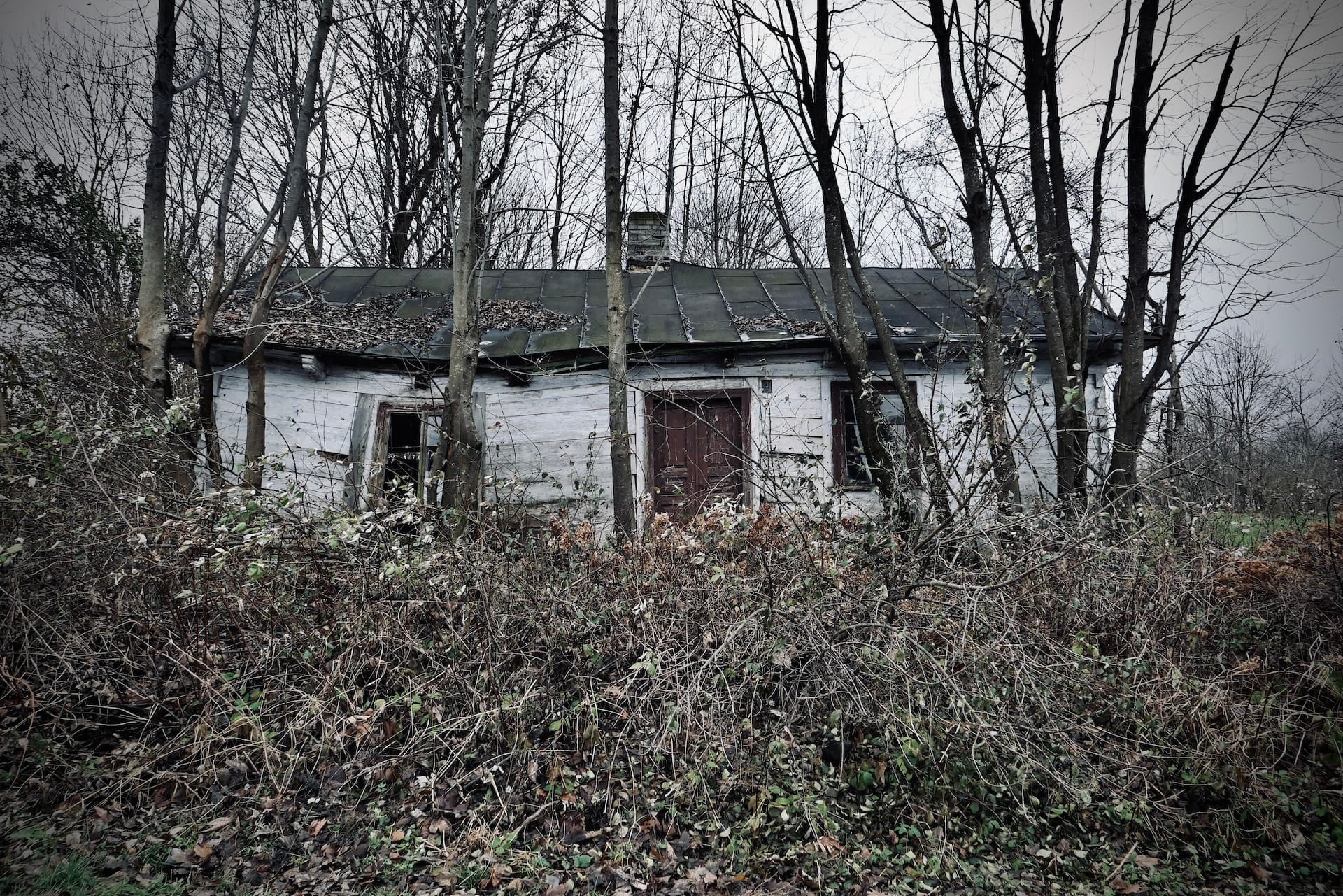
Now, my memory of Bourdieu and his pseudo-postmodern theories is definitely rusty, so I had to take a drastic refresher course. But this is what I found.
Bourdieu's theory of taste (and how we understand taste) suggests that our preferences and inclinations are shaped by our social origin and cultural capital.
That much makes sense, right?
In this context, of course, cultural capital refers to the knowledge, experiences, and cultural resources we accumulate through our upbringing and education. And no doubt many factors besides.
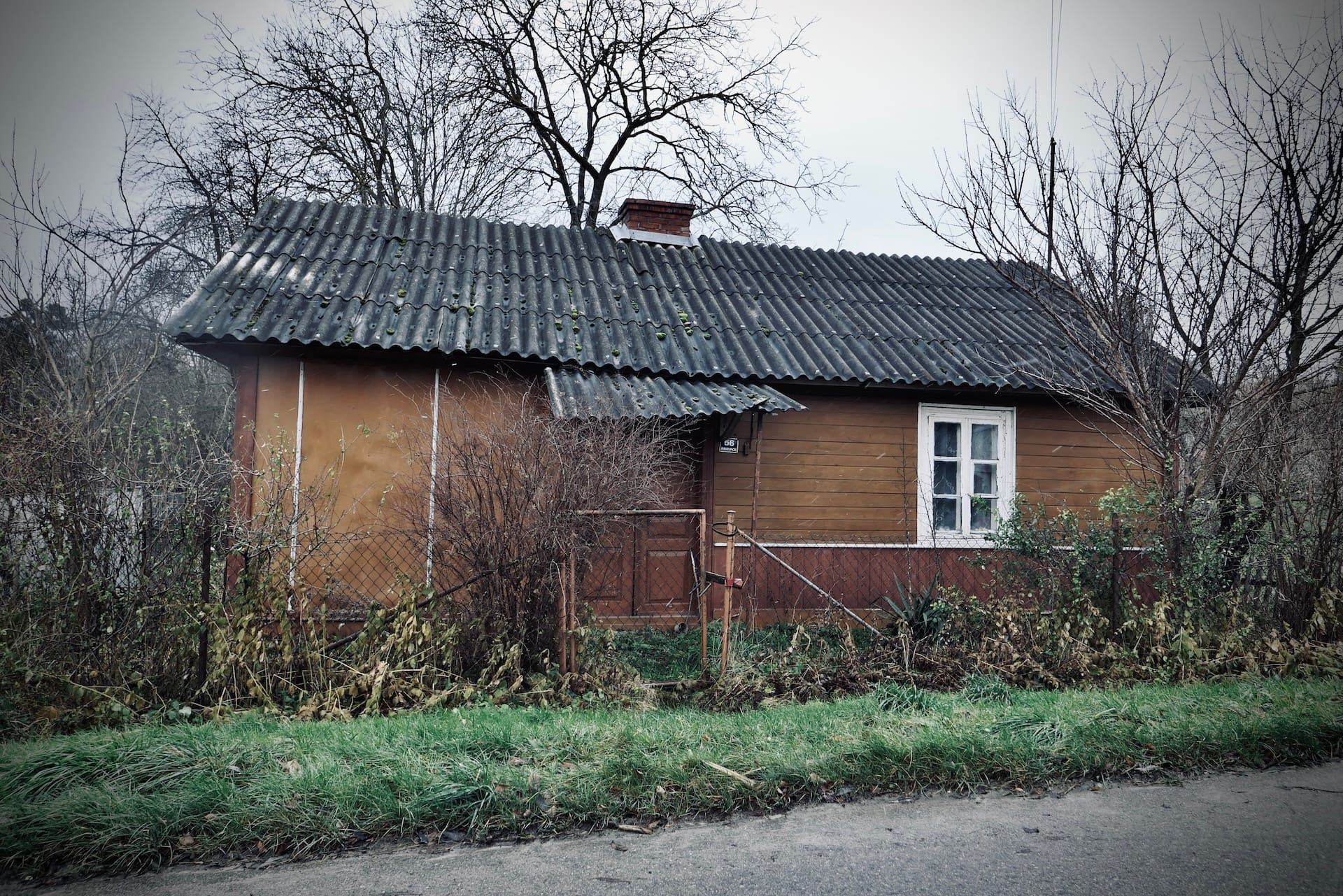
If we take that as read, Bourdieu is saying that to a greater or lesser extent our social background influences the types of architecture we find aesthetically pleasing and familiar.
So far so good. I'd buy that for a dollar. What do you think? Depending on how we have been brought up, our education, class and cultural socialisation, we are inclinded toward certain (diverse) aesthetics.
Take two people, friends, for example, and depending on their individual backgrounds they will almost certainly respond differently to visual stimulii and hence, architectural vernacular.
"Isn't that cottage awesome?".
"No, it's a pile of junk".
But how come some architectural styles are almost universally liked? Not many people would say that the villages of the Dordogne are unappealing, after all. Would they?
But have no fear, our main man, Bourdieu has a concept to help explain this.
He calls it "habitus".
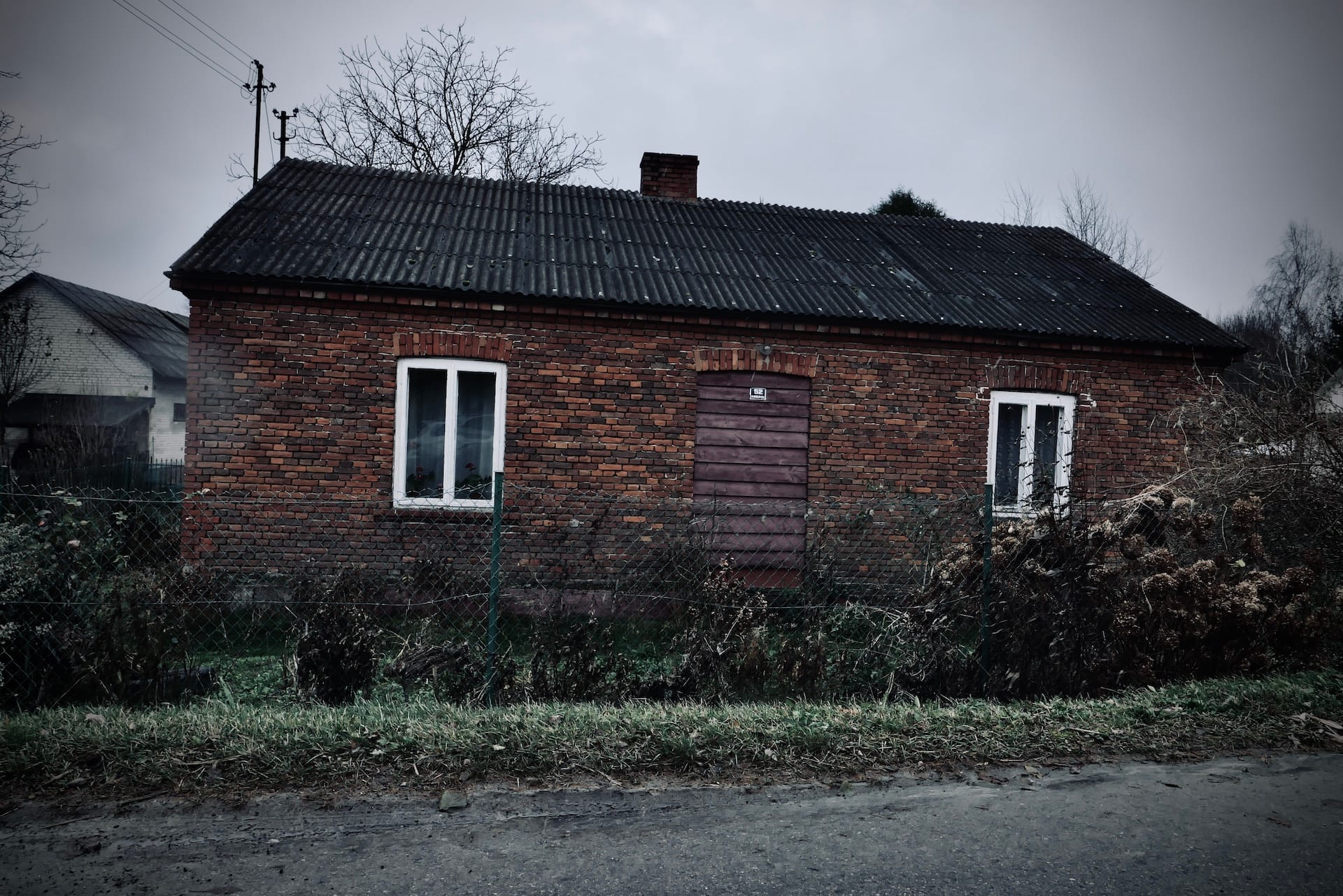
Habitus refers to the ingrained dispositions, tastes, and preferences we develop through the process of socialisation. Ergo, our "habitus" influences our perception of beauty and shapes our attraction to particular architectural styles.
Taking that one logical step further, it could be the cultural norms and values embedded in our habitus determine our judgment of what is considered tasteful or appealing.
OK. So how does this answer my question? Or rather, how does it inform what I decide is the answer?
Well, when visiting foreign countries, in my case, Poland, Bourdieu would insist that we often seek out architectural vernacular that resonates with our cultural identity and evokes feelings of nostalgia. Suggesting that "familiar" architectural styles provide comfort and a sense of belonging, reminding us of our own cultural heritage.
Which is all well and good, but does that mean that my own cultural heritage is manifested in tiny, rundown buildings? Hmm.
There must be more to it.
And there is.
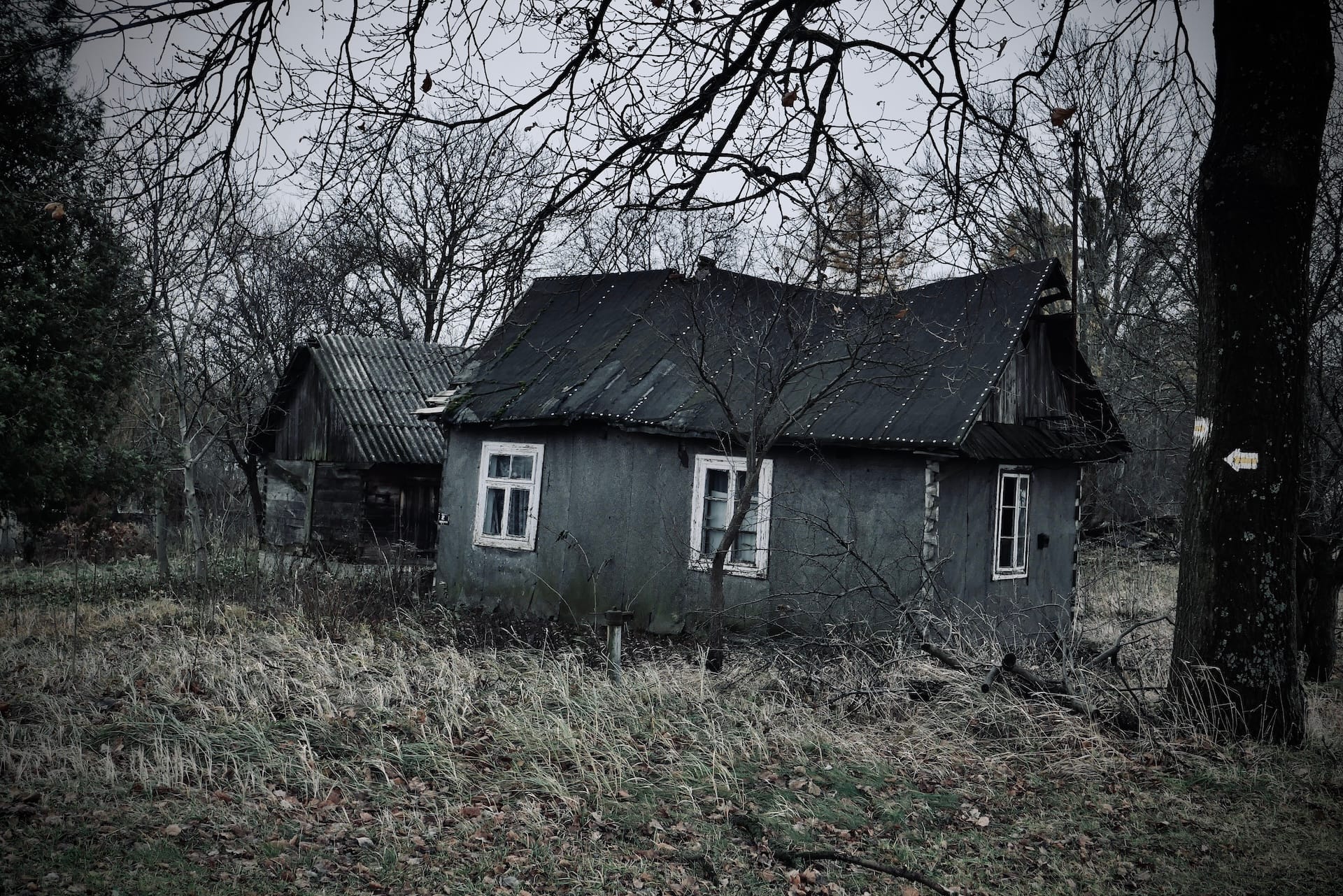
I think we are also surely drawn to architectural vernacular that appears "exotic" or different from our own cultural context. (This is my rundown cottage).
The allure of foreign architectural styles lies so much more in our perception of "authenticity" and our desire for a unique experience.
Unfamiliar architecture can challenge our preconceived notions and offer us a sense of adventure and cultural exploration.
That sounds more abstract and exciting. I like it.
But hold on, let's just ask Philippe what he thinks.
Well, he argues that taste acts as a form of social distinction and a means of signaling one's status within a social hierarchy. What he means here is that some individuals may, for example, be attracted to architectural vernacular that is associated with wealth, luxury, and exclusivity. And others not.
In this instance, the desire to be associated with high-status architecture can be driven by a need for recognition and social validation.
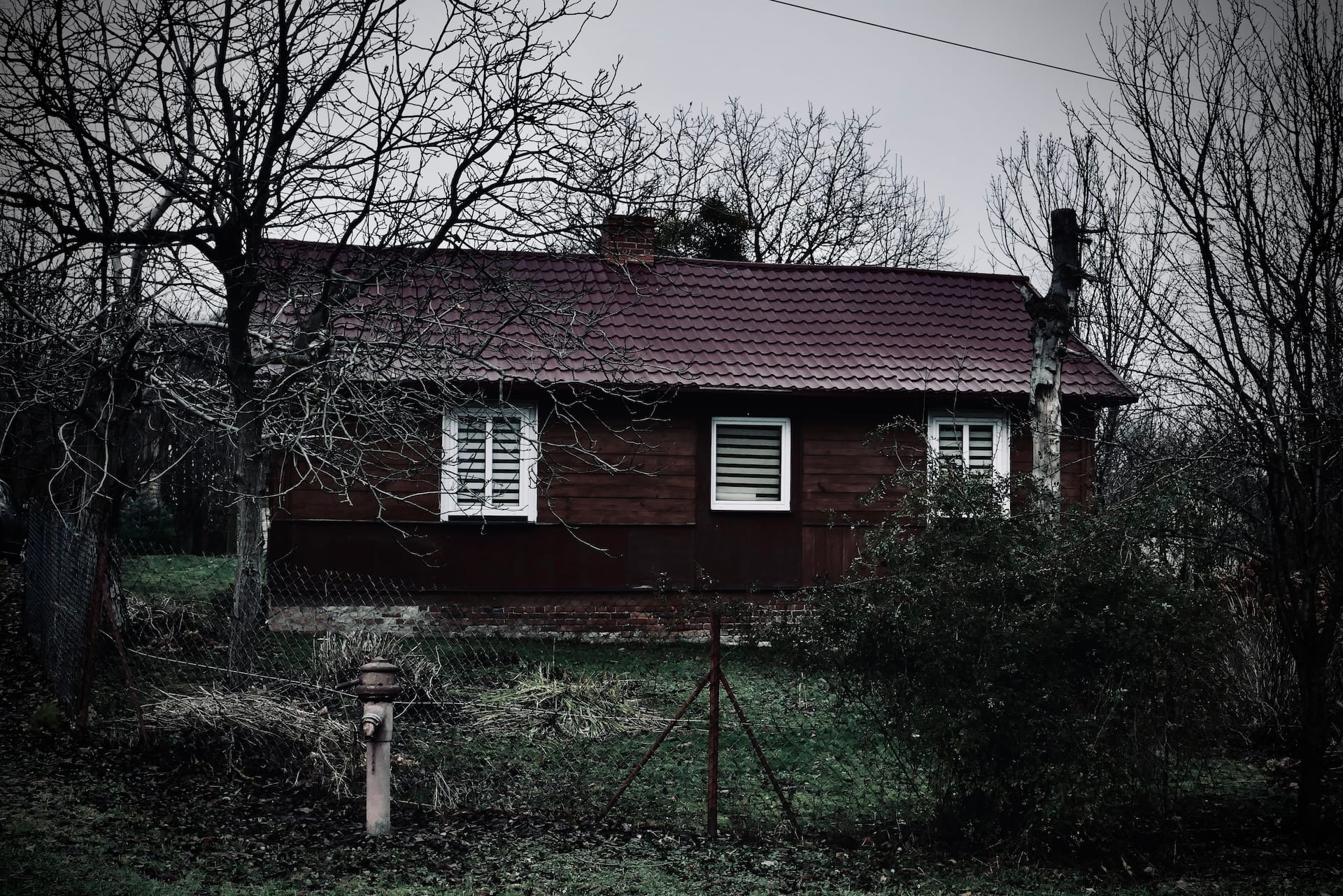
So, if I'm drawn to rundown, tattered old cottages, does that suggest I lack drive? Does that mean I seek no recognition or social validation?
Sadly, I suspect that may actually be true.
I also suspect that certain architectural styles may appeal to people who possess higher levels of cultural capital.
People like this may appreciate the historical, philosophical, or artistic significance of specific architectural vernacular more than others.
Or at least in a different way, right?
And here's the crux: Maybe my attraction to certain architectural vernacular is motivated by a desire to showcase one's intellectual depth and cultural sophistication.
In other words, showing off?!
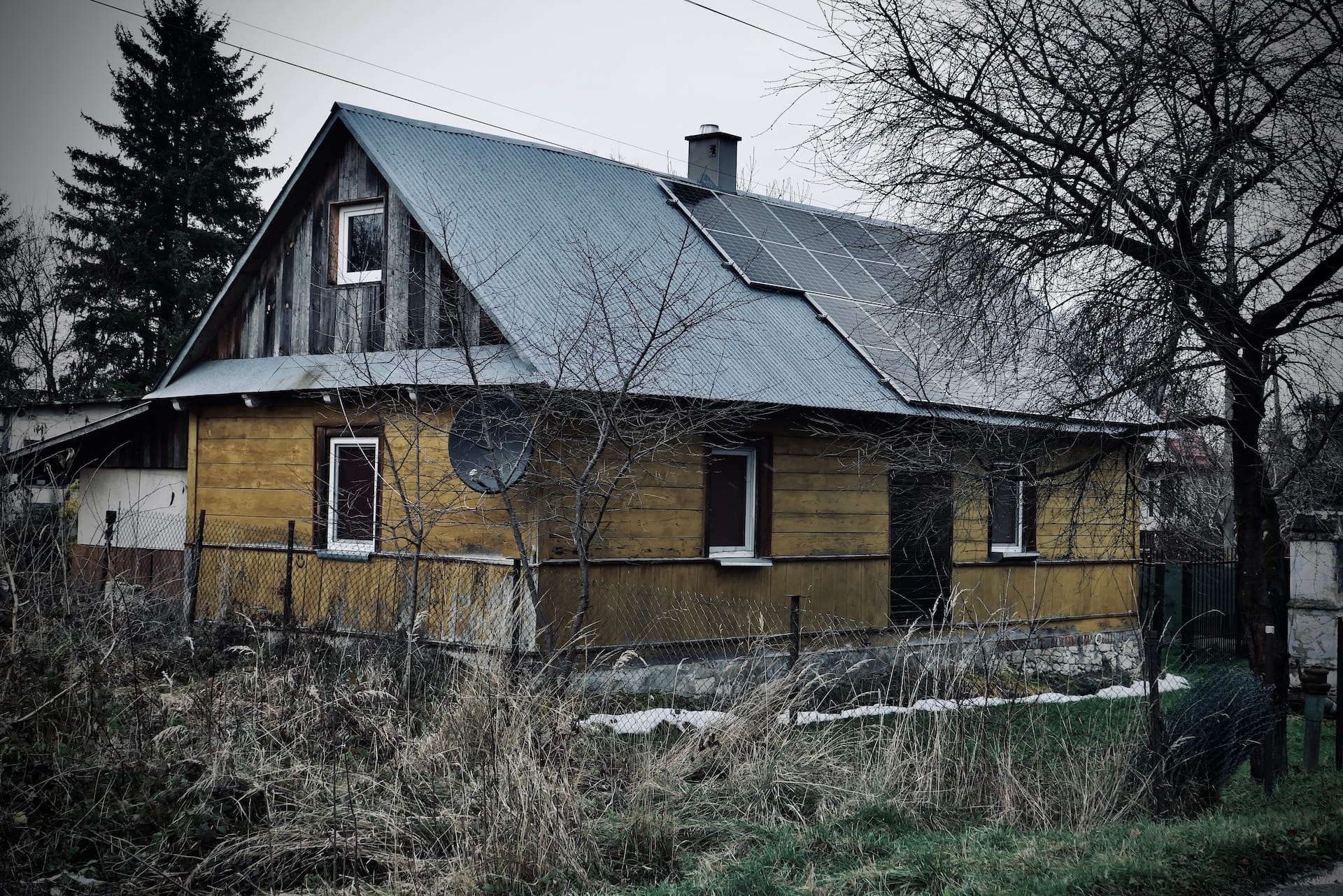
Well, to some extent I can see that. Wanting to be seen as somehow "different" is an affliction most of us share. No doubt an almost subconscious reaction to the world we live in.
We are, after all, still hiding in the light of postmodern fury.
I digress, and my walk is long since over.
But I think (abstractly, at least) Bourdieu's theories on taste provide valuable insights into why we are attracted to certain architectural vernacular.
Our social origin, cultural capital, habitus, and desire for cultural identity and distinction all shape our preferences in architecture.
Whether it is a sense of familiarity, the allure of the different, or the need for social signalling, our attraction to architectural styles abroad reflects the complex interplay between personal taste and social factors.
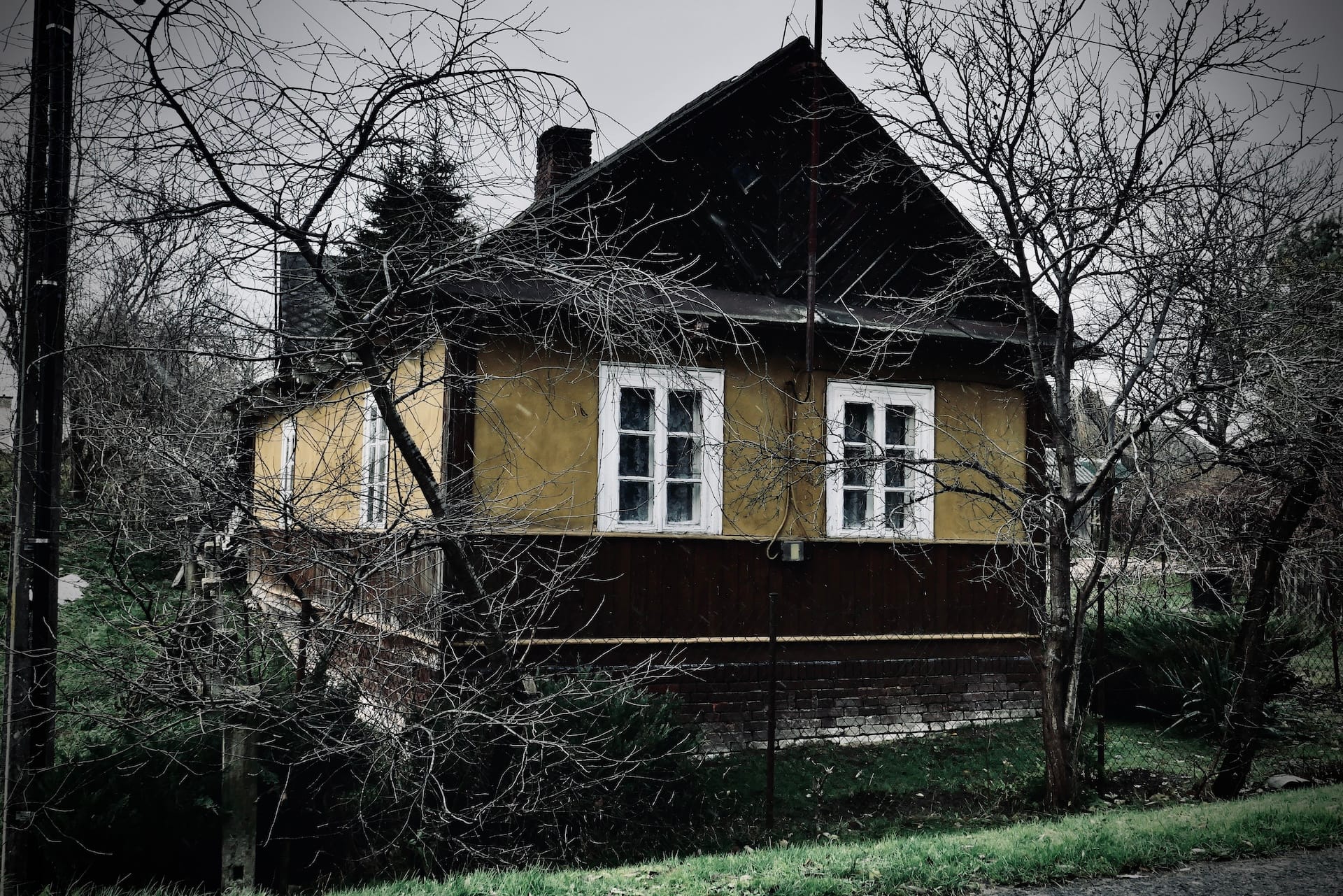
For me, by exploring and understanding these dynamics, I can gain a deeper appreciation for the beauty and diversity of architectural heritage around me. Everything we look at is a mirror of our own cultural sensibilities.
All this also gives my mind somewhere nice to wander when it's bored of looking at tatty old cottages, in the cold, while it's snowing and getting dark.
Time for a coffee.
What kind of coffee, though, depends entirely upon my habitus, doesn't it?


